Dell PowerEdge R610 server review
HP and IBM should be very afraid. Dell’s latest PowerEdge R610 - featuring Intel's new 'Nehalem' Xeon 5500 - sets new standards for rack server design. We exclusively review the new addition to the PowerEdge family.
Dell’s eleventh generation PowerEdge servers raise the bar for rack server design - the new R610 simply oozes class. It delivers Intel’s new 5500 Series processors in an extremely well designed chassis that’s easy on the power supply, incredibly quiet and teamed up with a comprehensive management and system deployment package.

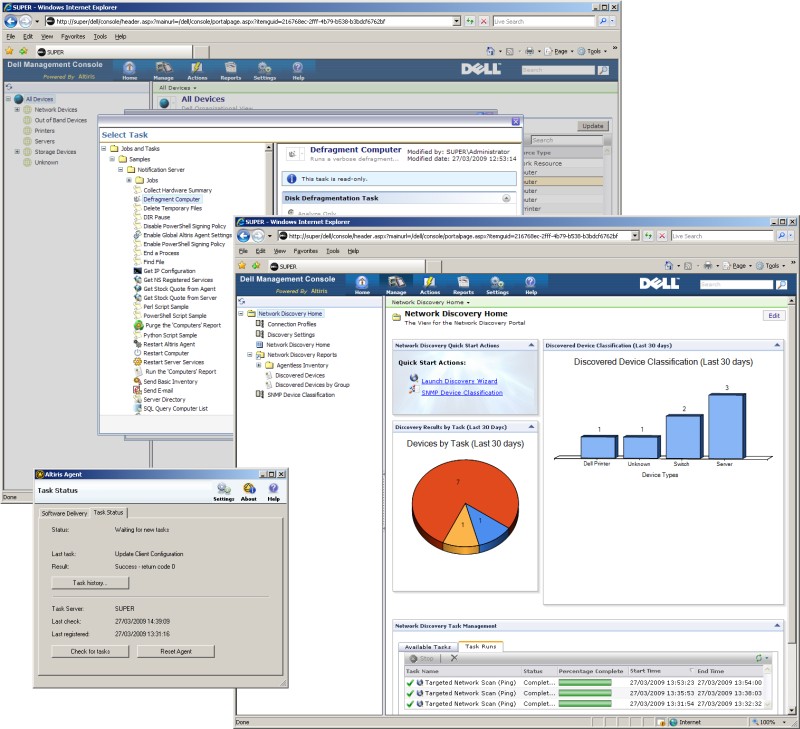
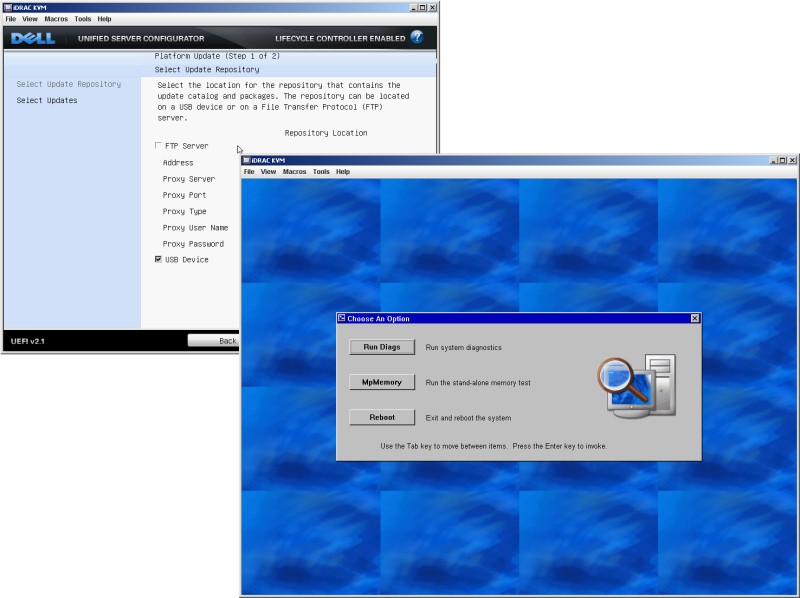
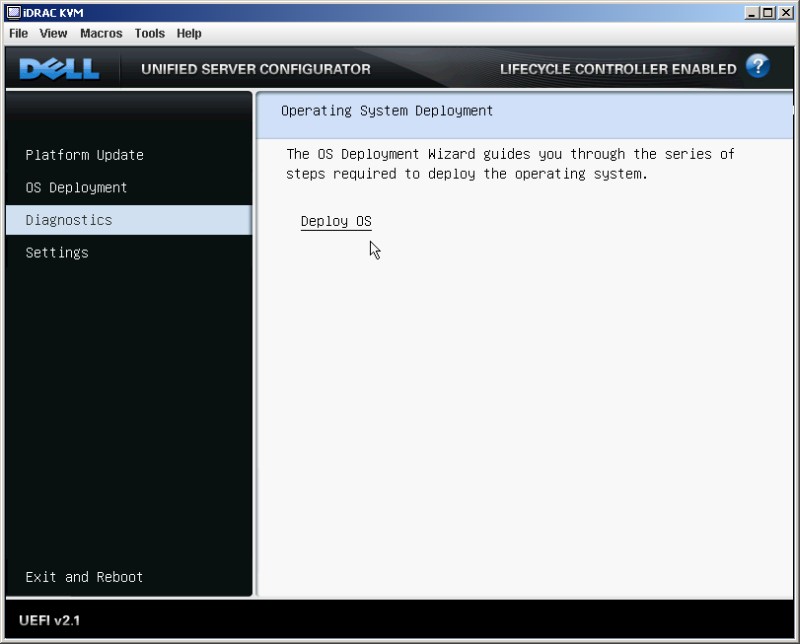
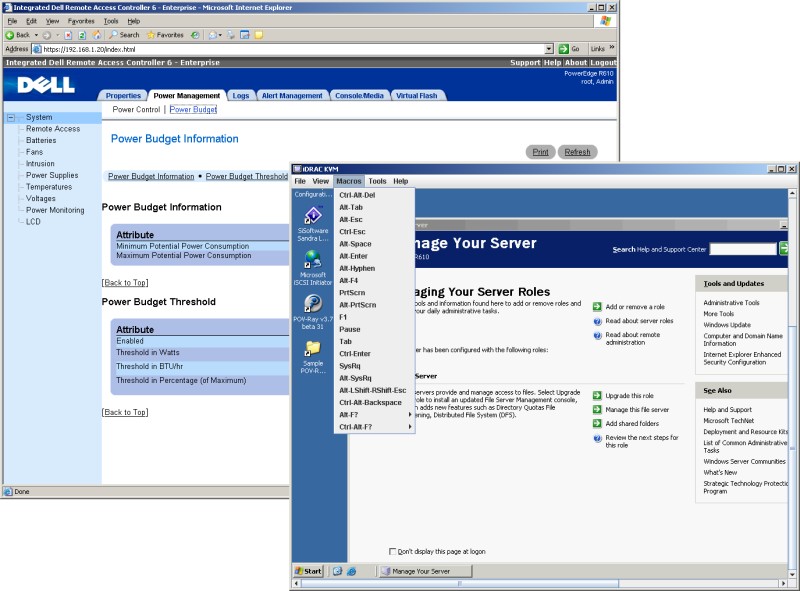
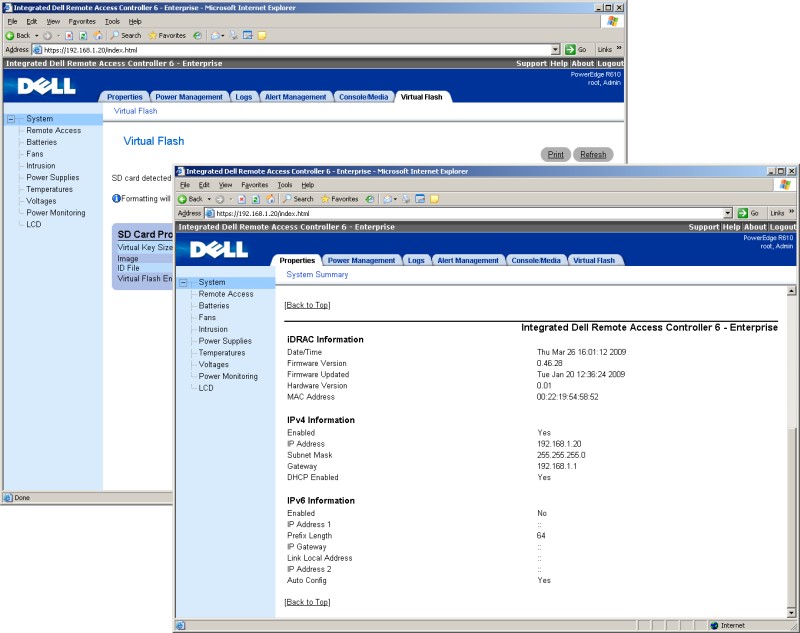

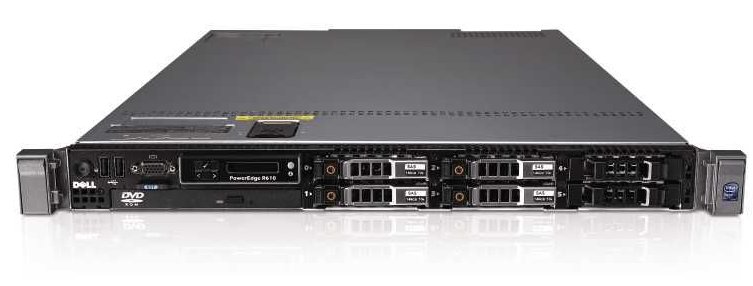
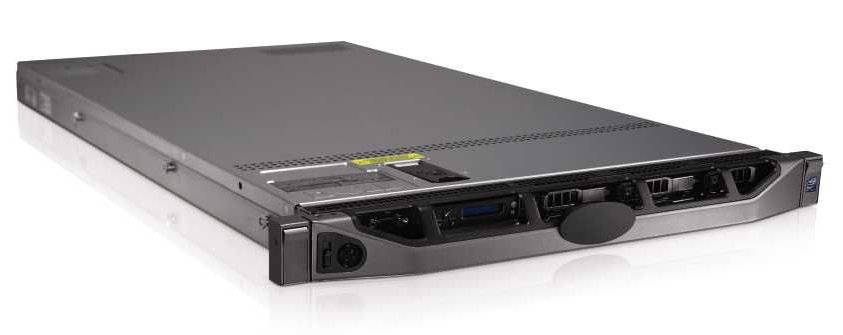
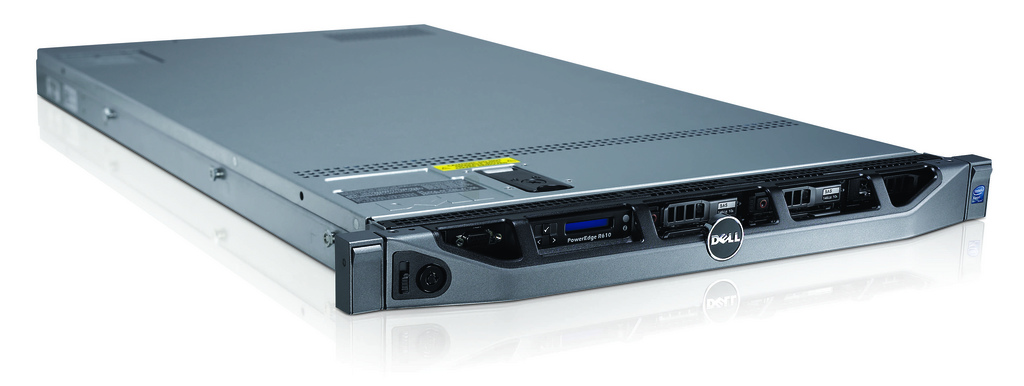

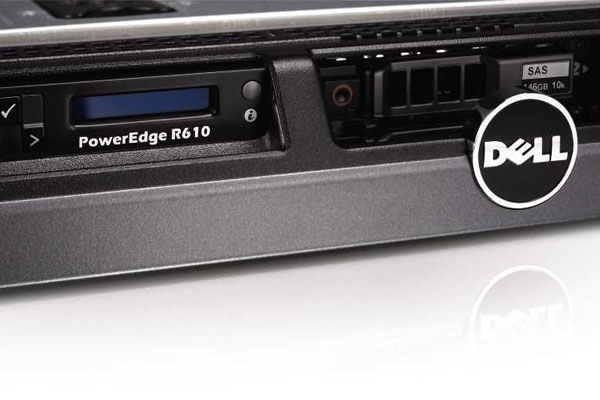
Dell PowerEdge R610
With the launch of its latest eleventh generation PowerEdge servers, Dell is taking the fight directly to HP and IBM's doorsteps as it aims to beat them firmly on value and features. In this exclusive review we bring you the very first look at Dell's new PowerEdge R610, which introduces Intel's new 5500 Series Nehalem' Xeons and a whole lot more besides.
The R610 has a keen eye on virtualisation, but also delivers reduced power demands and vastly improved management features, with centralisation high on the agenda. The new servers also have a Lifecycle Controller, which provides features such as recording firmware versions, build level audits and options to transplant the local server's settings to others.
Stacking up the R610 alongside the lab's PowerEdge 1950 and you can see the front panel has been completely redesigned. The new LCD display offers a keypad for setting the remote management network address, along with views of power consumption and temperatures.
Storage capacity goes up to six SFF hard disks and the hot-swap carriers look more sturdy as the release levers are now metal instead of plastic. RAID is provided by Dell's PERC 6/I, which came kitted out with 256MB of embedded cache and a battery backup unit along with support for stripes, mirrors, RAID-5 and hot-sparing.
The lid is easily removed and what lies beneath looks very interesting. At the front is the active hard disk backplane and on top of the optical drive is a small board with an SD memory slot. This came populated with a 1GB SD card and is specifically for embedded hypervisors as it's a bootable device. VMware's ESXi is currently supported, but Dell advised that others are on the way soon.
The motherboard is very tidily laid out with the pair of 2.4GHz E5530 Xeons located at the front and topped off with solid passive heatsinks. Alongside each processor socket are banks of six DIMM sockets and Dell provided a total of 12GB of DDR3 UDIMM modules.
Internal design pays particular attention to cooling with a reduced fan requirement so this is now handled by a bank of six small dual-rotor fan modules. We were amazed at how quiet the R610 was during testing and we had to turn off most of the other systems in the lab before we could even hear it.
Get the ITPro daily newsletter
Sign up today and you will receive a free copy of our Future Focus 2025 report - the leading guidance on AI, cybersecurity and other IT challenges as per 700+ senior executives
Dave is an IT consultant and freelance journalist specialising in hands-on reviews of computer networking products covering all market sectors from small businesses to enterprises. Founder of Binary Testing Ltd – the UK’s premier independent network testing laboratory - Dave has over 45 years of experience in the IT industry.
Dave has produced many thousands of in-depth business networking product reviews from his lab which have been reproduced globally. Writing for ITPro and its sister title, PC Pro, he covers all areas of business IT infrastructure, including servers, storage, network security, data protection, cloud, infrastructure and services.
-
 ‘Phishing kits are a force multiplier': Cheap cyber crime kits can be bought on the dark web for less than $25 – and experts warn it’s lowering the barrier of entry for amateur hackers
‘Phishing kits are a force multiplier': Cheap cyber crime kits can be bought on the dark web for less than $25 – and experts warn it’s lowering the barrier of entry for amateur hackersNews Research from NordVPN shows phishing kits are now widely available on the dark web and via messaging apps like Telegram, and are often selling for less than $25.
By Emma Woollacott Published
-
 Redis unveils new tools for developers working on AI applications
Redis unveils new tools for developers working on AI applicationsNews Redis has announced new tools aimed at making it easier for AI developers to build applications and optimize large language model (LLM) outputs.
By Ross Kelly Published
-
 Google layoffs continue with "hundreds" cut from Chrome, Android, and Pixel teams
Google layoffs continue with "hundreds" cut from Chrome, Android, and Pixel teamsNews The tech giant's efficiency drive enters a third year with devices teams the latest target
By Bobby Hellard Published